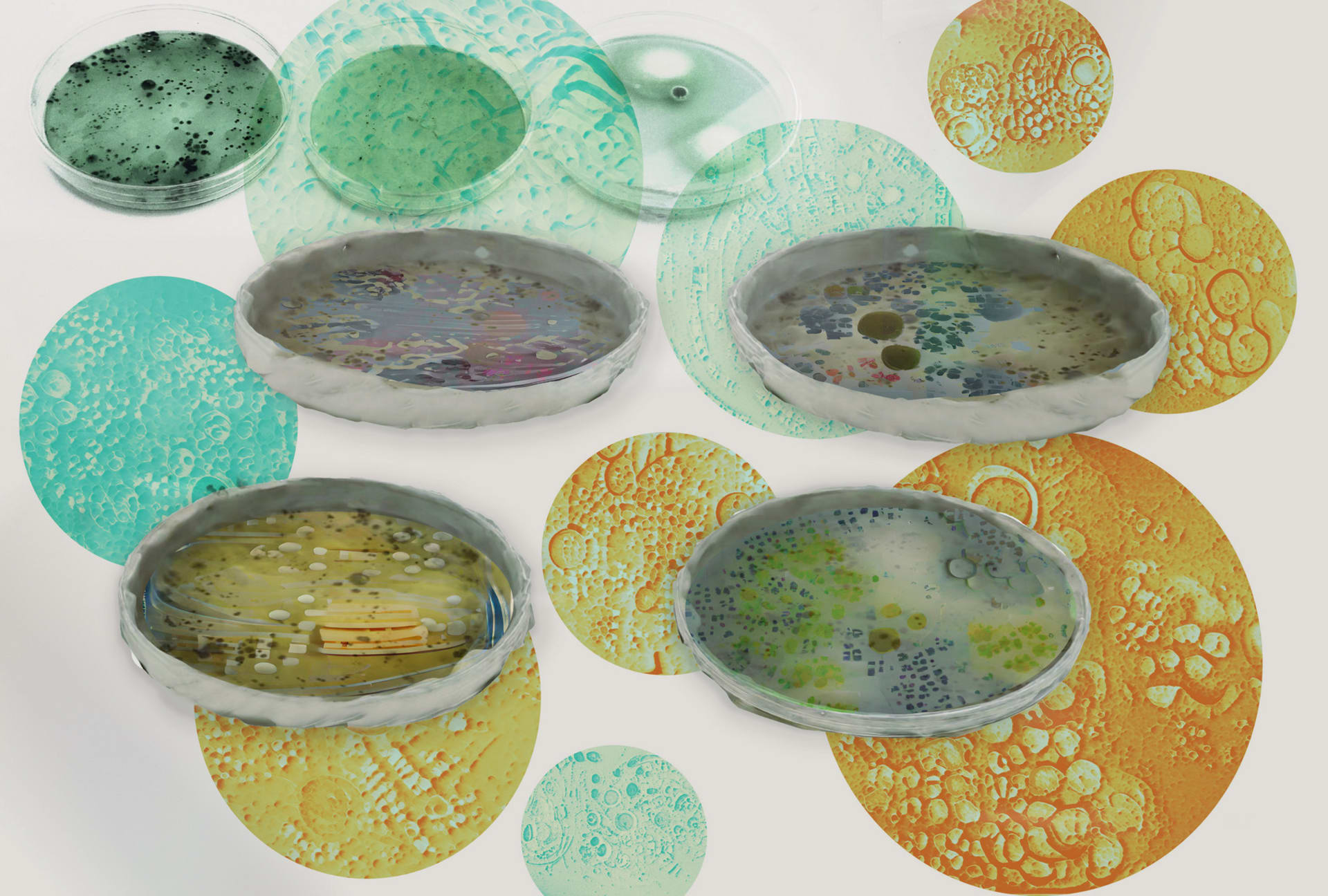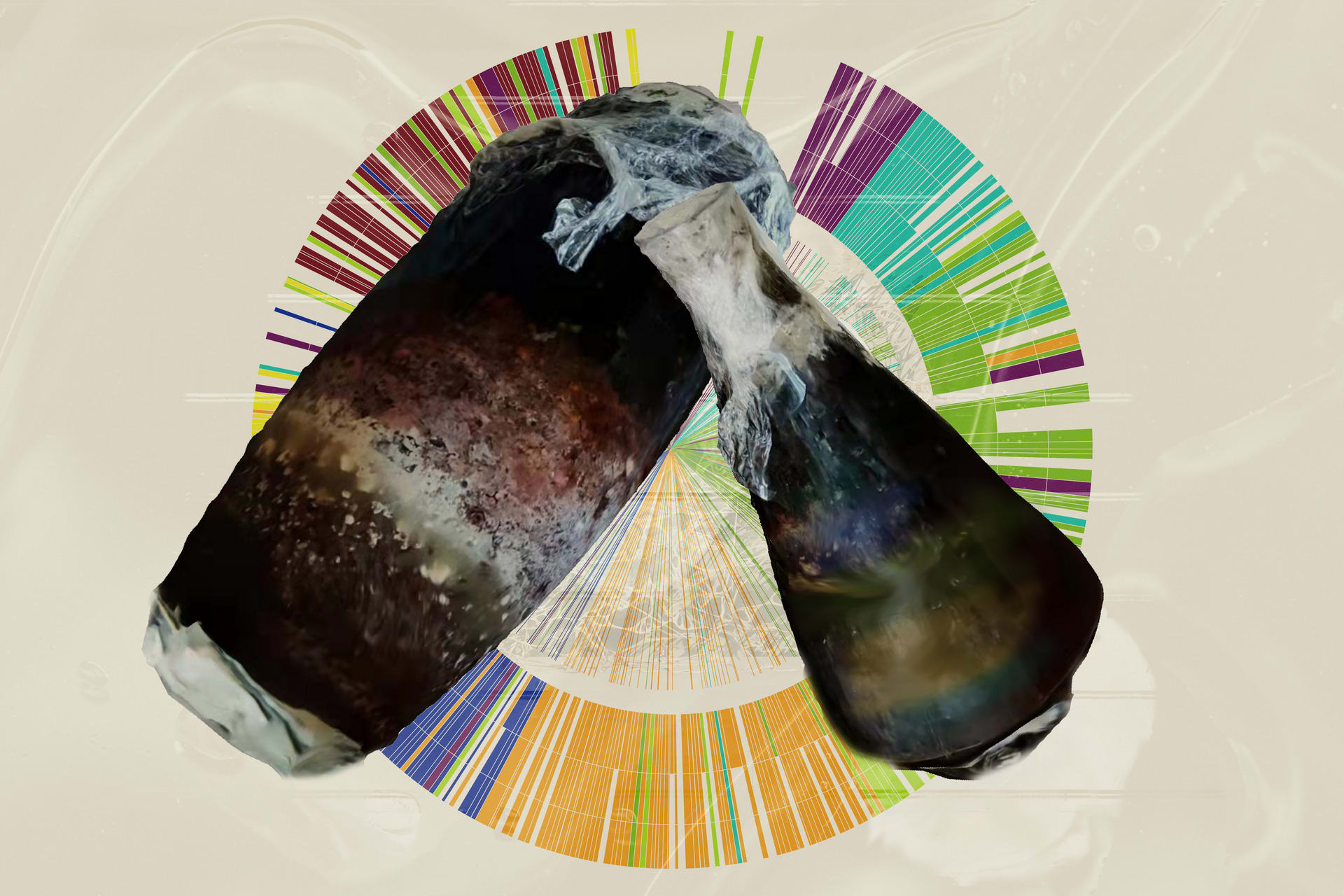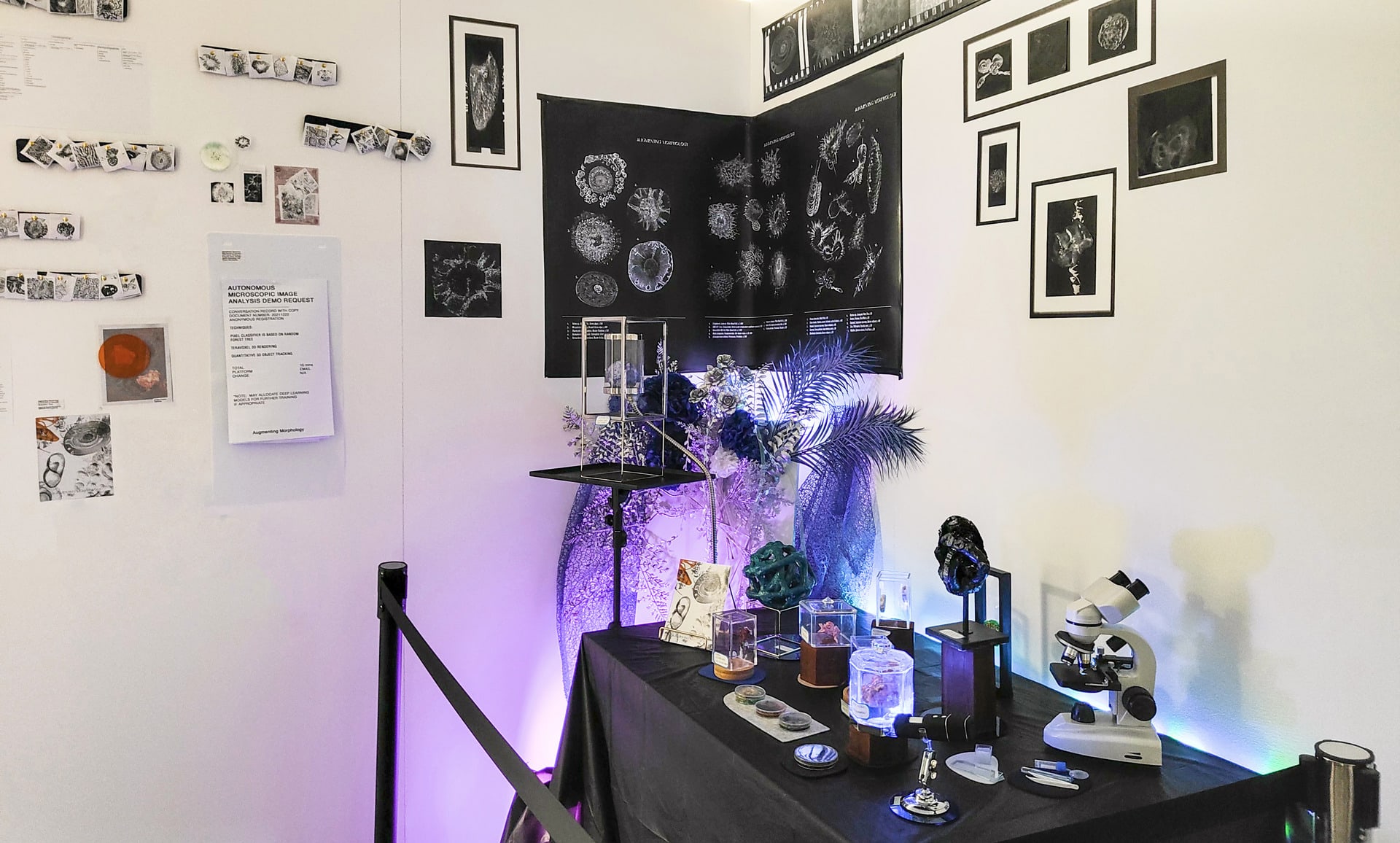As a bio-inspired designer and interdisciplinary researcher, Shontelle Xintong Cai is currently based in Toronto and London. Her works explore the intersections of art, design, science and technology, especially biology-centred art and design.
She experiments with data design through visuals, sound and materials, experience systems and multimodal interaction. She particularly engages in audiovisual communication technologies, programming, ‘moist media’ and life science data in application of independent practices and collaborations with artists, engineers, and scientists.
Her art and design practices are influenced by her academic experiences in visual communication, digital media studies, and plant physiology. She critically and parametrically designs the innovative dialogues between complex scientific knowledge and cross-sensory experience. She applies the design methodologies of transmedia storytelling via informatics and computation, opening the discussions about the inherent values of non-human agencies, objecthood, posthuman ecology, emerging technologies, synthetic biology to the potential audience.
She has connected and shared her creative practices and design paradigm with respect to several workshops, symposiums, awards and exhibitions in Asia, North America, continental Europe and the UK.
Degree:
OCAD University-BDes Graphic Design, With Completion of an Academic Minor in Digital & Media Studies (2016-2020)
Royal College of Art- MA Information Experience Design, With the distinction of dissertation and final assessment in excellent (2020-2022)




































